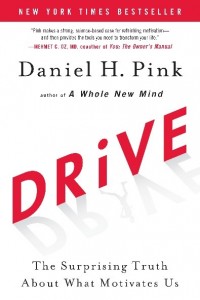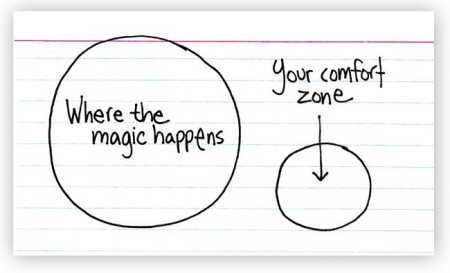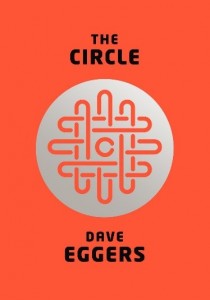You think of and start working on an idea. It’s your baby, of course you love it and think it is perfect. It can be hard to see any faults and if you do, you’re sure you have a solution. However, chances are, your idea can be improved. Look for the improvement, even if it means heading in a new direction.
I first came across the concept of ‘pivoting’ in business in The Lean Startup by Eric Ries. To pivot is to change the direction and focus of a business, but to only change the angle or scope, not the path. For example, if you run a sandwich shop, you might discover that the coffee you sell if really popular and so you decide to change your focus to coffee. Here you’re pivoting to change what the focus of your business is, coffee was part of the original business, just not as prominent.
However, the problem is this. Many entrepreneurs believe the sandwiches they sell are the best. It is a secret recipe and customers will love it, they just don’t know it yet. The coffee is keeping the shop open, yet they’re sure that sandwiches are what the market desire.
Unfortunately discovering how to pivot isn’t always so simple. The numbers can lie, your customers may be little help and your current product may be doing well. The best way I’ve found is to always be looking. You never know where the crucial insight will come from.
Recently I had a conversation about a new venture of mine. We had a unique model that we believed would disrupt competition and attract new customers. I spoke about the model and how we planned to stand out in a competitive market. A few hours later I found myself calling my friend to explain how we needed to pivot. What changed my mind?
A new perspective. Our model wasn’t flawed, but it wasn’t perfect. We always knew that entry would be difficult and initial costs would be high. However we were sure this was the way forward. After talking at length about the idea it was pointed out that a small part of our customer service could stand alone. It was meeting proven demand, it would take a fraction of the costs to start and faced a lot less competition. For our current position, it was much better!
Whether this new approach will last I cannot say. Perhaps in a few months we will pivot again. However, pivoting is not a problem. Continue to grow into the market and learn more about the problems that exist and the gaps that will appear and adjust to meet those – that way you will know to put more emphasis on your coffee if that’s what customer crave.







